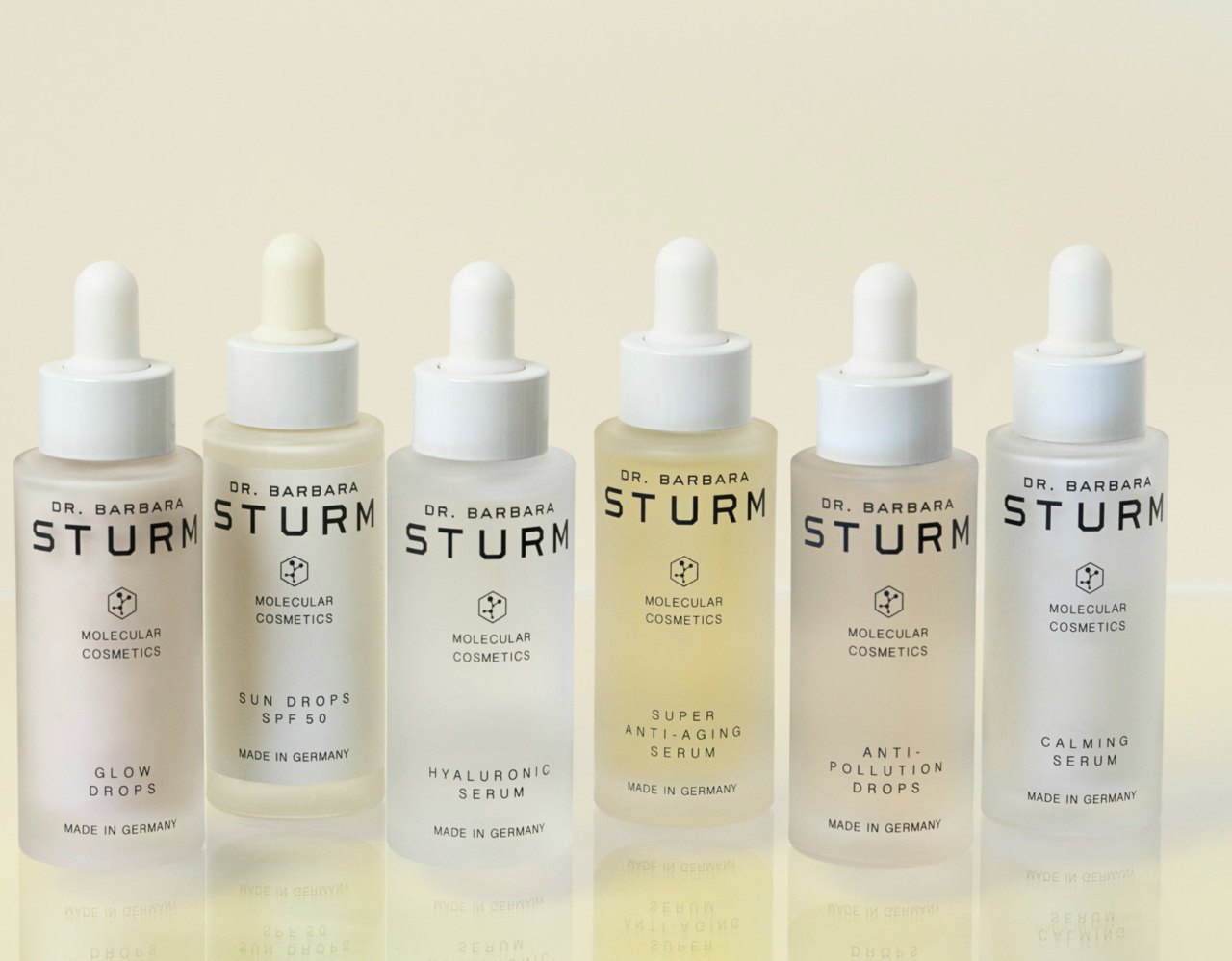The Ingredients List
The ingredients in a product are listed in order of concentration, with the exception of elements that make up less than 1% of the formula – these can be placed in any order the brand wishes. A useful rule of thumb is that the first five items generally make up the bulk of the product, and the first ingredient is almost always aqua. So, if you are looking for certain active ingredients such as particular vitamins, make sure they’re higher up on the list – don’t just trust the label.
The Name Game
When in doubt, Google! The ingredient list might look more confusing than it is thanks to Latin names (typically “code” for natural ingredients) and chemical compounds that sound scarier than they are. Sodium hyaluronate, for example, is the more soluble version of all-round skincare hero hyaluronic acid; anything attached to the word tocopherol refers to antioxidant vitamin E; while the prefix “ascorb-” – like ascorbic acid – is vitamin C. There are also instances when the chemical name is more commonly known than the vitamin alphabet – brightening wrinkle-fighter niacinamide is B3, while retinol is vitamin A.
Naturals vs. Chemicals
Then there are the natural versions of all this. For example, the beauty world is going gaga for alpha hydroxy acids and beta hydroxy acids which renew the complexion, but these might not be easy to identify. Often, resurfacing AHAs come in the form of fruit, lactic or glycolic acid, while BHAs, which clean deeper down over the long term, appear as salicylic acid or betaine salicylate. Bakuchiol is dubbed nature’s retinol – citrus ingredients are usually rich in vitamin C and many oils contain naturally occurring vitamin E.
The Expiration Date
The little open jar symbol on the box is something a lot of us miss, but it indicates, in months, how long your product will last once it’s opened. It’s less common to list an overall expiration date for the product if it’s unopened, but if anything has been sitting in your cupboard for two years, it’s time to toss it. If it’s an item that’s high in active ingredients, such as serums or ampoules, or has been left for long periods in a hot/humid room, then it’s probably got to go earlier than that.




